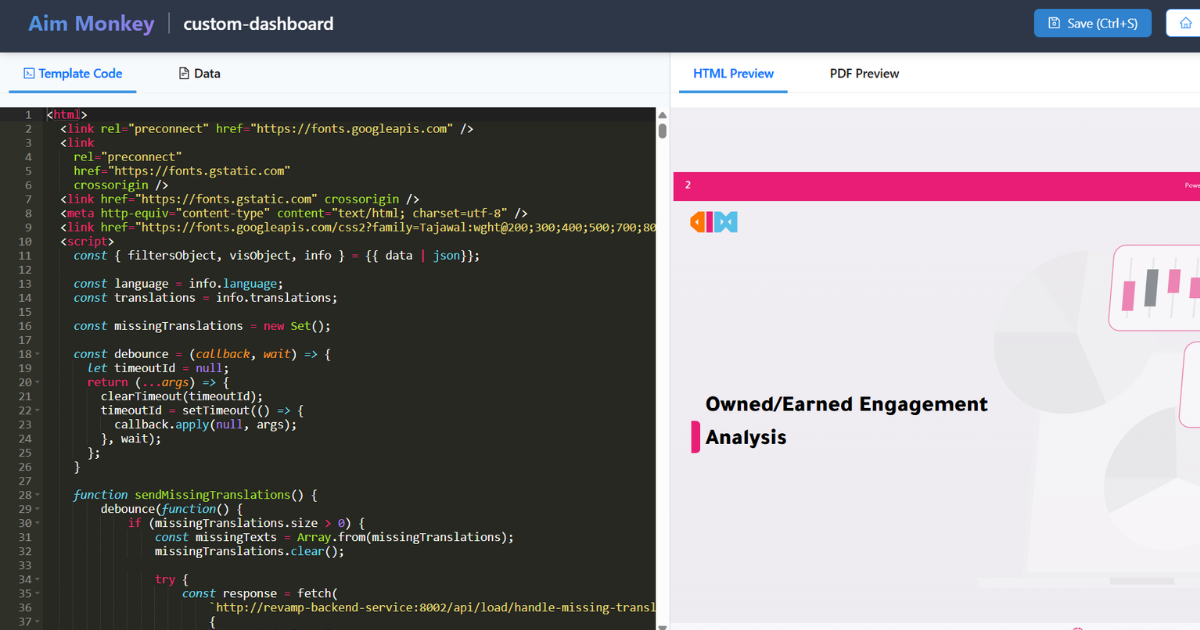Social media has become a main platform for businesses to connect with clients and audiences. By analyzing their sentiment and conversation, businesses can better understand their audience. Sentiment on social media provides detailed insights into the industry. Helping to understand the audience preferences in business and content. To be able to build better content, and connect effectively with the target audience all the time.

How Sentiment On Social Media Works
Some steps are followed by the business to be able to analyze the sentiment on social media.
- Text Preprocessing
Starting with setting up the text into a suitable one for analysis. By removing the noise and unnecessary words, to be able to analyze the text better and faster.
- Contextual Understanding
Analyze the context of the conversation and understand the background of it. To understand the right meanings of the text and understand the reasons behind these opinions.
Categorizing the sentiment based on its score, to understand how much it’s positive, negative, or neutral. This helps to put labels on each text about its positivity and negativity.
- Visualization and Insights
In the end, the sentiment analysis data are provided in different formats based on the business requirements. To be able to export the insights in different formats and reports.
Applications of Sentiment in Social Media
The sentiment analysis for social media provides a lot of insights, that help in many different aspects. To be able to manage your brand online presence with its insights.
- Reputation Management
Sentiment analysis helps the business in reputation management. Through monitoring the conversations about the business name, and analyzing it. To understand the reputation position in the market and work on enhancing it.
- Customer Feedback Analysis
The brand can understand the customer’s feedback better by analyzing its sentiment. With the ability to know the hidden meaning for the customers behind their feedback. The business can know the real feelings of the customers and their feedback.
- Product and Service Development
Understanding the customer’s sentiments about your business, helps you to develop your products and services. By tracking their opinions about your brand, and what they are expecting from you. Leading to enhancing your services to match their expectations.
- Competitor Analysis
The sentiment analyses could be based on your competitors, to analyze their performance. This helps you through the competitor analysis process, by knowing how the audience feels towards the competitors.
- Crisis Management
Tracking the sentiment helps in crisis management, by tracking the sentiment all the time and spotting any change in it. To be able to know about the crisis before it goes viral, and manage to solve it better.
Challenges in Social Media Sentiment
Analyzing the sentiment in social media faces some challenges sometimes.
- Slang and Informal Language
Some conversations between the audience are in informal language and contain slang language. This is challenging for the sentiment tool to understand and analyze. And it could change from one text to another, and from one country to another.
- Sarcasm
Sarcasm could be challenging for sentiment analysis, as it differs from one user to another. Also, it depends on the topic and the context of the conversation, which is difficult to differentiate by the tools.
- Mixed Sentiments
Some texts could include different sentiments about one topic. This becomes hard to analyze as it could include positive and negative, which makes it hard to categorize the text into two categories. And also it becomes harder for the sentiment score.
- Multilingual Content
The content that includes different languages, is hard to analyze. As it needs many language models that understand all the languages in the text. With the ability to write sentences that contain different languages, it becoming more used by the audience.
Sentiment Tools and Platforms
The sentiment analysis tools help the different business to understand their target audience. Through providing advanced features to be able to understand any text in any industry.
1. AIM Insights
AIM Insights is a multilingual sentiment analysis tool that can understand different languages and the context of the conversation. By tracking the sentiment and its source, to be able to provide detailed insights about the audience’s real opinions.
2. MonkeyLearn
MonkeyLearn is a platform for sentiment analyses, that has a customized sentiment model. To be able to create your model based on your business needs. Helping you to find the needed insights based on your objectives.
3. Hootsuite Insights
Hootsuite Insights is a real-time social sentiment analysis tool. That provides live insights about your business sentiment and spot any changes in it. To be able to understand the reasons behind the changes in the target audience sentiment all the time.
Conclusion
Sentiment on social media is now essential to be done for any business. Because of the data and insights that it could provide, and help in improving the business performance. Through understanding the audience and their true feelings for the business and its products and services. Leading to improving the service, and keeping updated with the new trends and the target customers’ needs. you can start now with AIM Technologies, by requesting a demo.
FAQs
How can sentiment analysis help businesses connect with their target audience more effectively?
Through understanding the audience’s opinions and feelings about the business. Helping to find the best way to connect with them, and write the best content.
How does contextual understanding improve the accuracy of sentiment analysis?
Contextual understanding helps to be aware of the hidden meanings of the text. To know the right meanings based on the audience’s situations and their feelings for the brand.
How does sentiment analysis assist in reputation management for businesses?
Knowing the sentiment of the audience towards the business and its reputation leads to managing it. Knowing any changes in their opinions towards the brand.
What is the role of sentiment analysis in understanding customer feedback?
It helps to know the reasons behind the customer feedback, and how the brand could change the negative feedback into positive one.
How can businesses use sentiment analysis for product and service development?
Through knowing the requirements about the products and services for the business. And know what needs to be changed based on the audience’s opinions.




